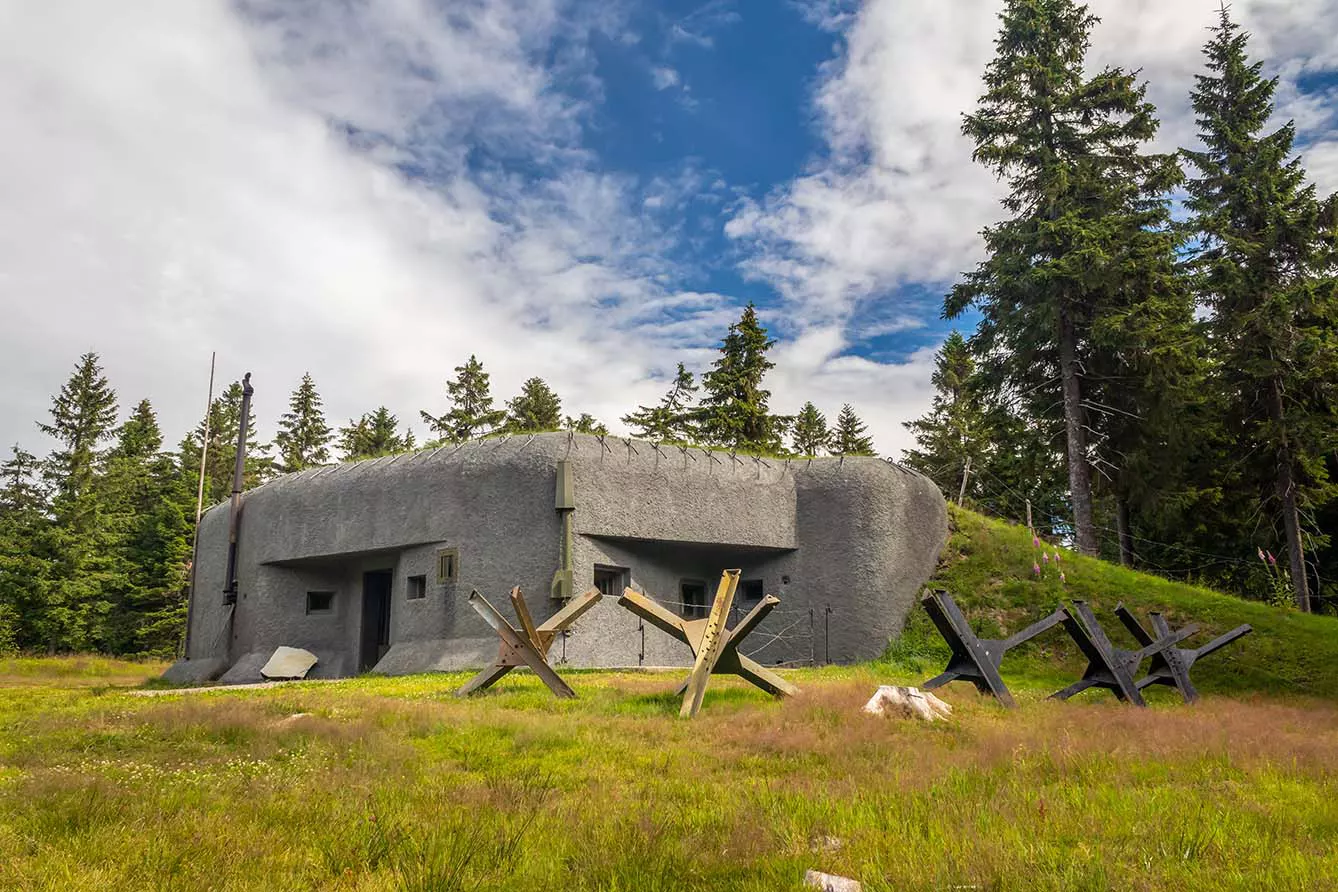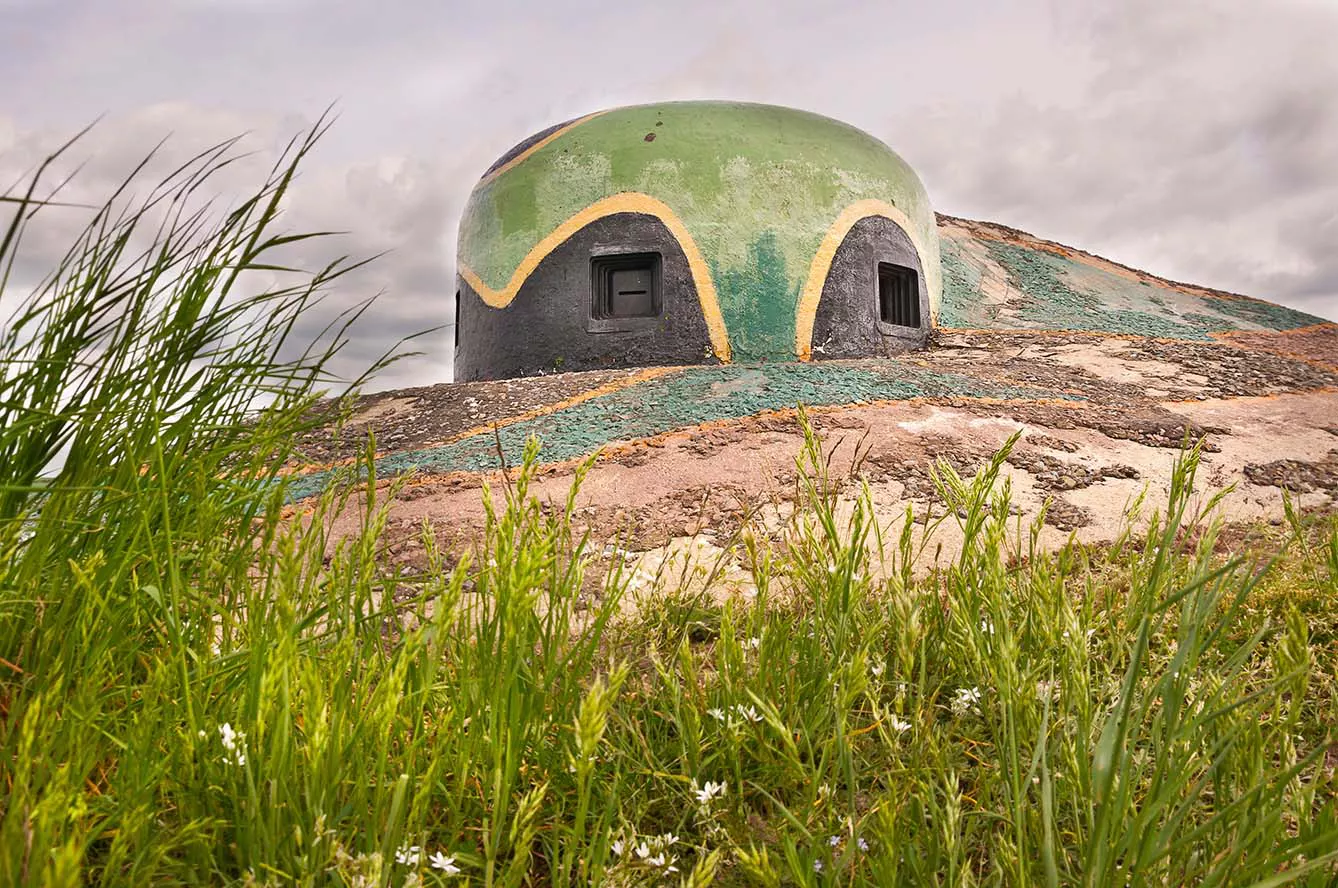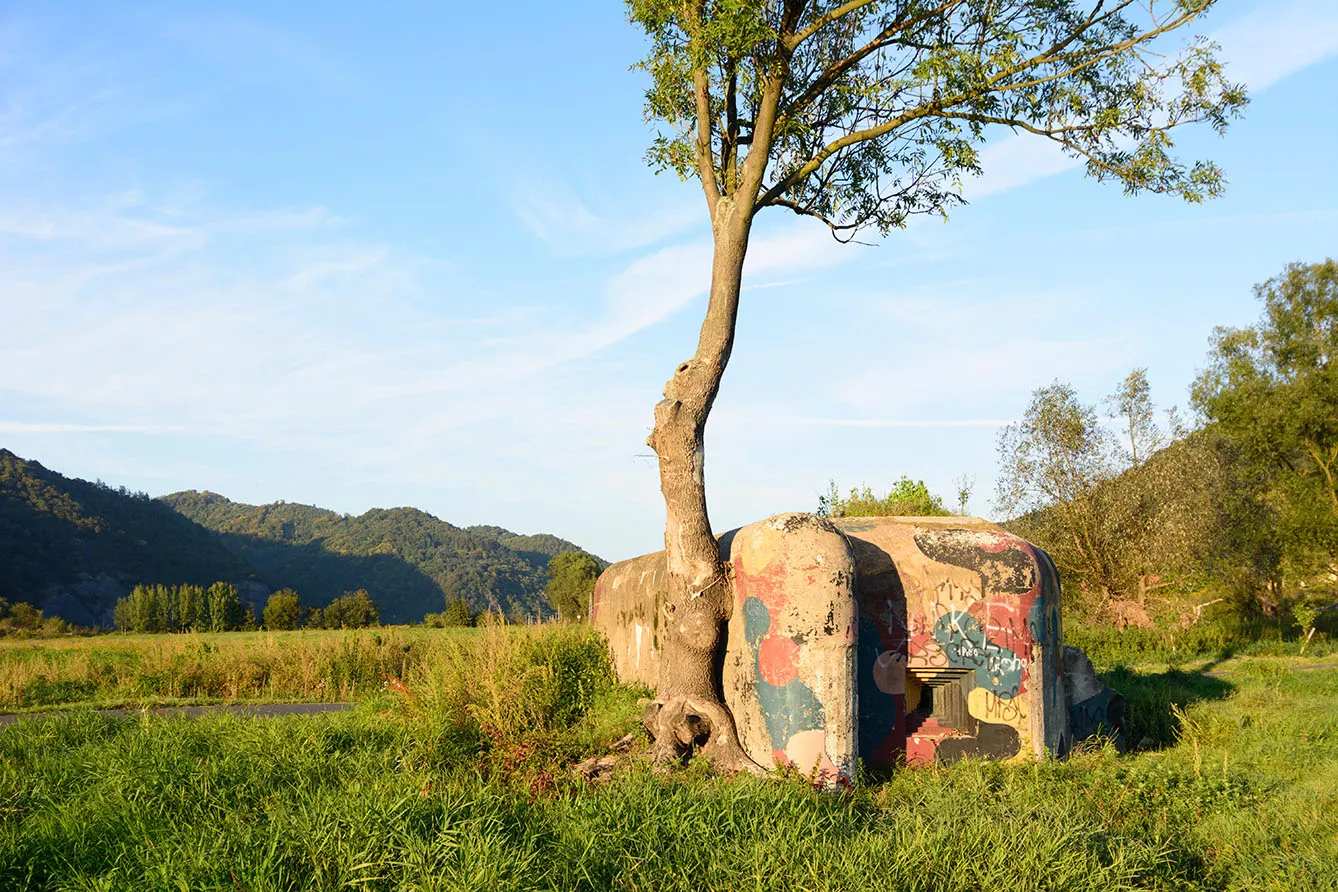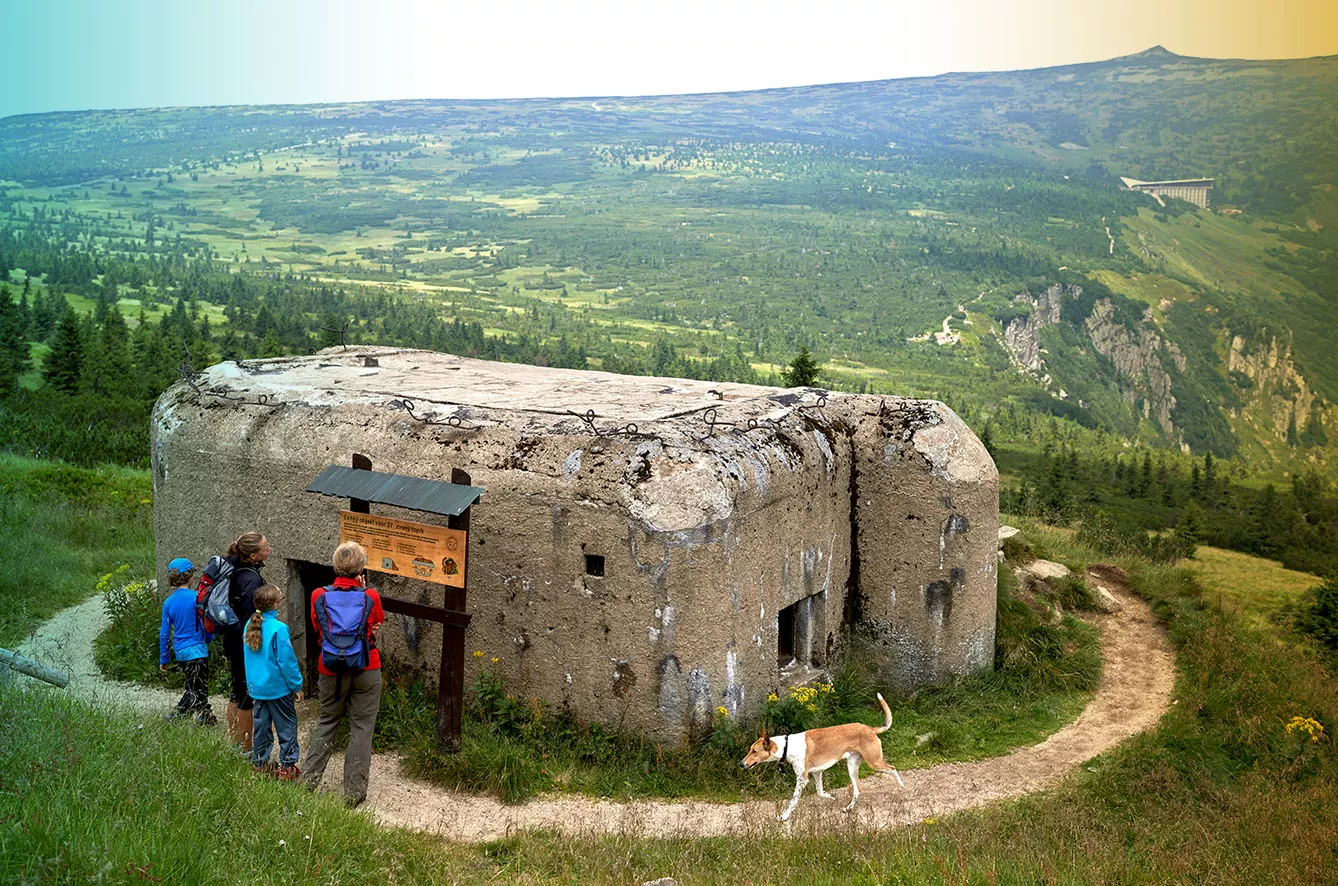Imagine this: the year is 1938. You are a 20-year-old butcher’s apprentice from a small town near Prague. You live a peaceful life and are not bothered by the news about European events. Yes, you heard about that Anschluss thing when Germany took over Austria… but we are not Austria, right?
Czechoslovak bunkers: the eastern Maginot Line
Well, you couldn’t be further from the truth. The next day, the government declared the all-out mobilization of all men of military age. That, unfortunately, includes you. After entering the nearby barracks, you get your military-style haircut and a uniform with a rifle. After two weeks of training, the military assigns you to something you have never seen before. It is a colossal concrete building with cannons sticking out of it. Well, that is called a bunker. And it is just one of many across the Czechoslovak border.



Many years earlier, the Czechoslovak government reached out to the French Republic and requested a military mission whose members would help the Czechoslovak armed forces build a system of fortresses similar to the Maginot line on the German-French border. The bunkers’ construction began in the mid-1930s, with millions of Czechoslovak crowns allocated for this project. The fortification effort dedication is best visible in the 1938 state budget: half of it went to fortification and rearmament of the army.
The order that never came
Military command intended to build a continuous line of reinforced concrete forts. These forts were armed with heavy machine guns and cannons and occupied by Czechoslovak army soldiers ready to defend their country against any potential adversary. Soldiers could cover other forts close to them thanks to mathematically calculated firing angles. The zone of the light and heavy fortification strengthened in the most critical points by the so-called artillery strongholds was supposed to protect the whole border of Czechoslovakia.
Despite the slow pace of the fortification system construction, around 10,000 light and 265 heavy forts were ready for war by 1938. Since the mobilization of the Czechoslovak armed forces in May 1938, the forts were battle ready with enough ammunition and man to defend the Republic for months. However, the order never came. After the Munich Agreement, President Edvard Benes ordered the vacation of the border fortifications.
Even today, you can see the forts scattered in the landscape of the Czech countryside. Some serve as tourist attractions; others are museums. Many of them are hotels or personal storage units for people living nearby. Despite never being used in battle actions, they still serve the people of Czechia in various roles.







